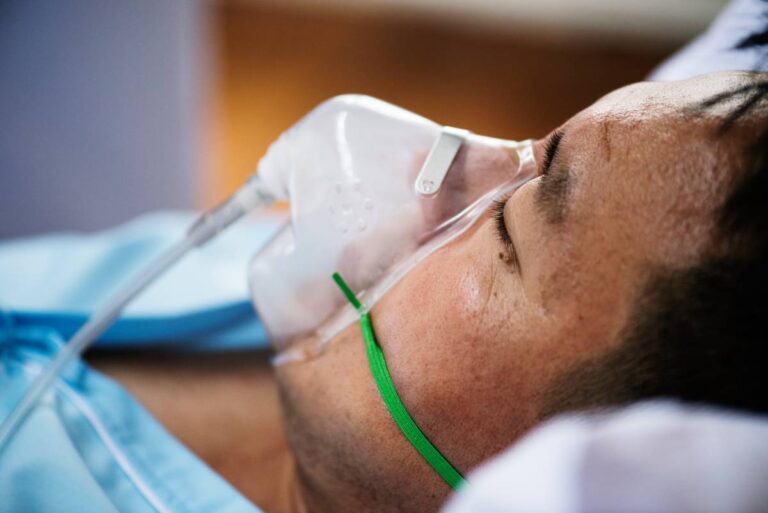Facilities for surgical procedures differ significantly in their setting, resources, costs, emergent care capabilities, and patient volumes. These differences influence not only where patients receive treatment but also the efficiency, quality, and overall accessibility of surgical services. Examining key statistics across these settings enables a better understanding of trends in healthcare delivery, cost containment, and patient outcomes, thereby offering valuable insight into the rapidly evolving landscape of surgical care. The most common venues for procedures include physician offices, ambulatory surgery centers (ASCs), and hospitals, each serving a distinct role in the continuum of care.
In 2020, outpatient procedures were distributed across settings as follows: hospital outpatient departments (HOPDs) performed roughly 40 percent of cases, freestanding ambulatory surgery centers (ASCs) accounted for about 36 percent, and physician offices comprised approximately 24 percent. Back in 2005, however, HOPDs handled nearly 60 percent of outpatient surgeries and ASCs over 40 percent, demonstrating a noticeable shift toward non-hospital settings over time 1.
By 2023, there were over 6,300 Medicare-certified ASCs in the United States, with around 18,000 operating rooms (averaging about three operating rooms per facility). The ASC sector is growing at about 2 percent annually, with projected case volume increasing by over 20 percent between 2024 and 2034 2,3.
Procedures in ASCs tend to be far less expensive than those in hospitals. Medicare payments for outpatient procedures in HOPDs are substantially higher, ranging from roughly 80 percent to over double what ASCs receive for the same procedures. In general, costs in HOPDs also grew more rapidly from 2017 to 2022 compared to ASCs and physician offices 4,5.
In a study across 28 U.S. states, nearly 60 percent of surgical encounters in hospitals were outpatient procedures, also known as hospital-based ambulatory surgeries. Ambulatory surgery visits numbered about 5,600 per 100,000 people versus roughly 4,100 inpatient surgical visits per 100,000. In general, hospital-based ambulatory surgery averaged over $6,000 per case, compared to nearly $40,000 per inpatient surgical stay 6.
Evidence indicates that outpatient procedures, whether performed in offices, surgery centers, or hospitals, are generally safe. Large comparisons across these different settings have found comparable quality in many respects. Nationally, surgery conducted on an outpatient basis in hospitals has become the norm: about 65 percent of surgeries were outpatient as of 2012, compared with 54 percent in 1992 6,7.
Due to cost, efficiency, and convenience, surgical care in the United States is steadily shifting toward outpatient and non-hospital settings. ASCs are rapidly expanding and offer significant savings compared to hospital-based options, while safety remains comparable. As trends continue, understanding these statistics can guide policymakers, providers, and patients in making informed decisions about where care is delivered.
References
1. Young, S., Osman, B. & Shapiro, F. E. Safety considerations with the current ambulatory trends: more complicated procedures and more complicated patients. Korean J Anesthesiol 76, 400–412 (2023). DOI: 10.4097/kja.23078
2. ASC Growth Transforming Outpatient Care | athenahealth. https://www.athenahealth.com/resources/blog/whats-driving-asc-growth-in-healthcare.
3. Grebbin, S. HCA Gains Outpatient Edge as ASC Strategy Sees Traction. Ambulatory Surgery Center News https://ascnews.com/2025/04/hca-gains-outpatient-edge-as-asc-strategy-sees-traction/ (2025).
4. Hospital outpatient prices far higher- rising faster than physician sites. Blue Cross Blue Shield Association https://www.bcbs.com/news-and-insights/white-paper/ambulatory-payment-classifications-site-neutral-analysis (2023).
5. Charted: How the cost of 6 common procedures varies by setting. https://www.advisory.com/daily-briefing/2023/09/18/procedure-costs.
6. Russo, A., Elixhauser, A., Steiner, C. & Wier, L. Hospital-Based Ambulatory Surgery, 2007. in Healthcare Cost and Utilization Project (HCUP) Statistical Briefs (Agency for Healthcare Research and Quality (US), Rockville (MD), 2006).
7. Surgeries in Hospital-Owned Outpatient Facilities, 2012 #188. https://hcup-us.ahrq.gov/reports/statbriefs/sb188-Surgeries-Hospital-Outpatient-Facilities-2012.jsp.
8. Outpatient surgery. Wikipedia (2025).

